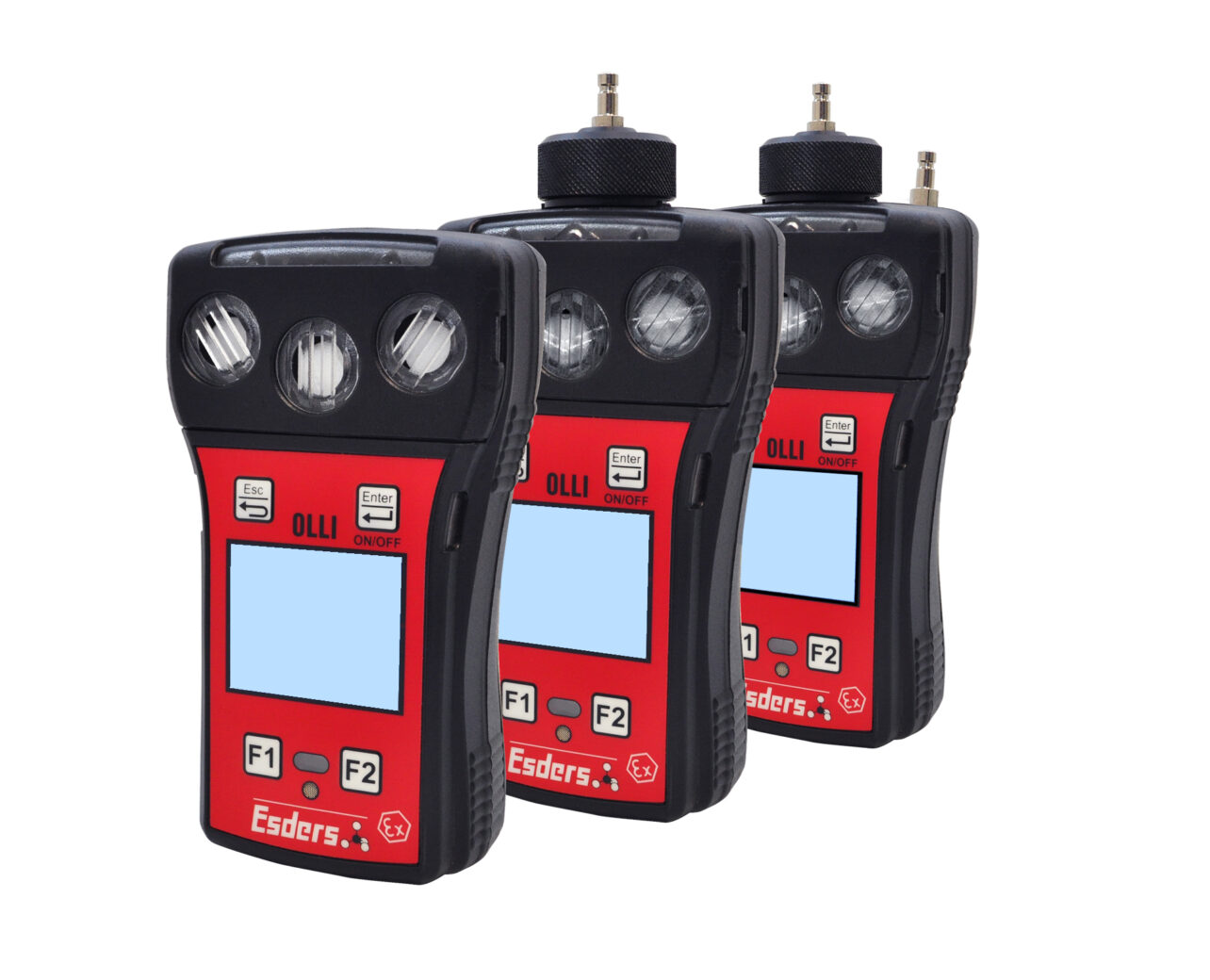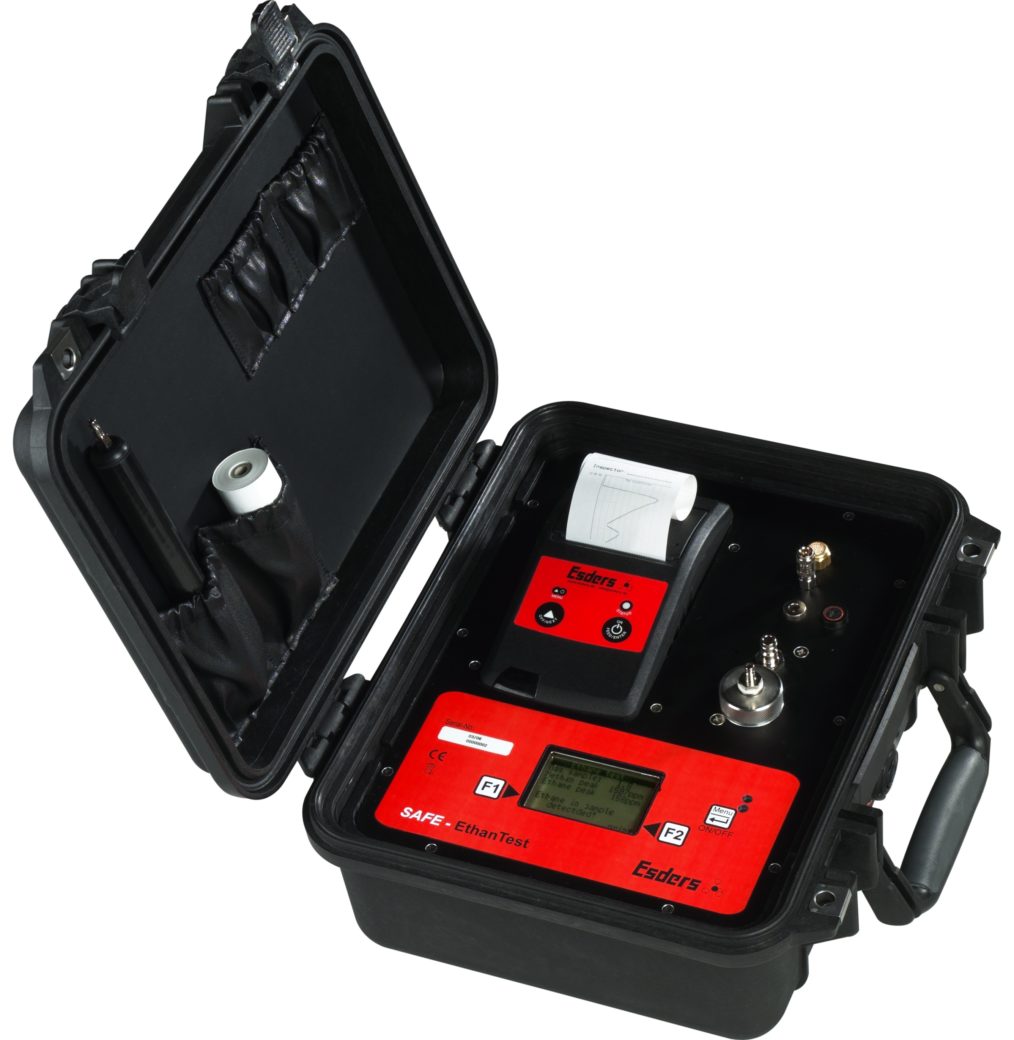
Desenvolvemos e produzimos tecnologia de dispositivos inovadores para o uso diário! Portanto, é muito importante para nós que você o use de forma eficaz e lucrativa. Queremos apoiá-lo em seu trabalho diário com nossos dispositivos de medição da melhor maneira possível. Nosso menu de navegação é simples e uniforme, independentemente de ser um detector de gás ou um sistema de medição de pressão.
O que é um tutorial?
Para oferecer ainda mais assistência, gravamos vídeos, os chamados tutoriais. Estas são pequenas “instruções de operação” em formato de imagem em movimento – por exemplo, na forma de um vídeo ou gráfico animado – e têm como objetivo orientá-lo para a solução de um possível problema.
Passo a passo
Explicamos nossos dispositivos de medição ou itens de menu individuais em detalhes. Os vídeos são adaptados ao nosso funcionamento comprovado e ao nosso manuseio uniforme, para que possa ajudar-se de forma rápida e fácil. Em caso de dúvidas ou incertezas posteriormente, nossa equipe de vendas interna e externa de tecnologia, suporte e consultoria também está disponível para você por telefone a qualquer momento.
Apoie onde e quando quiser
Assista aos vídeos quando e onde for conveniente para você, seja antes de usar os dispositivos ou entre no canteiro de obras. Nossas explicações e possíveis soluções levam diretamente ao objetivo desejado. Além disso, os vídeos são mais eficazes do que o texto, porque o que você vê permanece mais tempo na sua memória do que o que você lê.
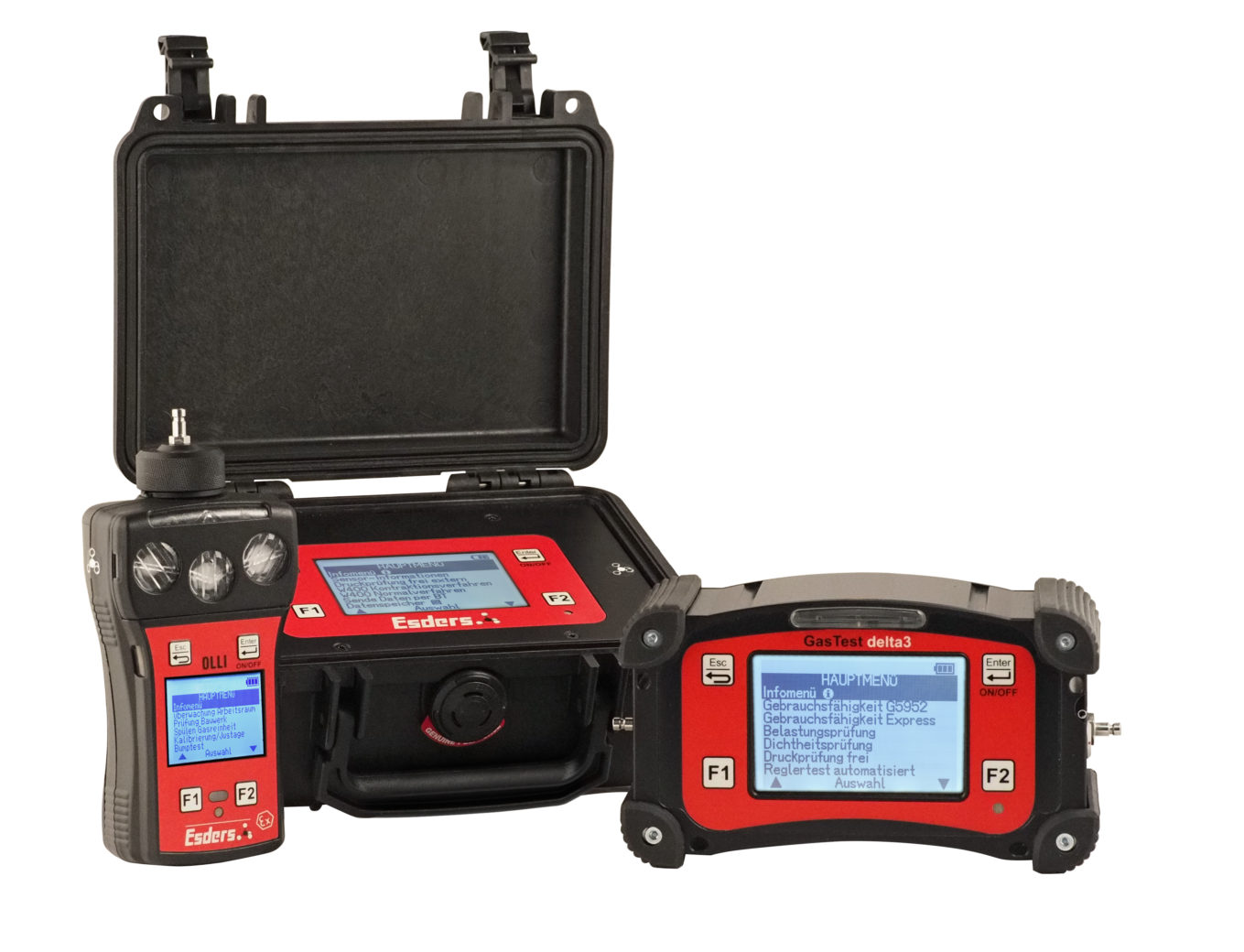
Método de gás traçador
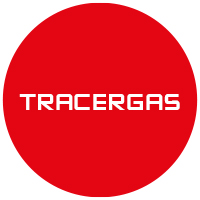
smart memo
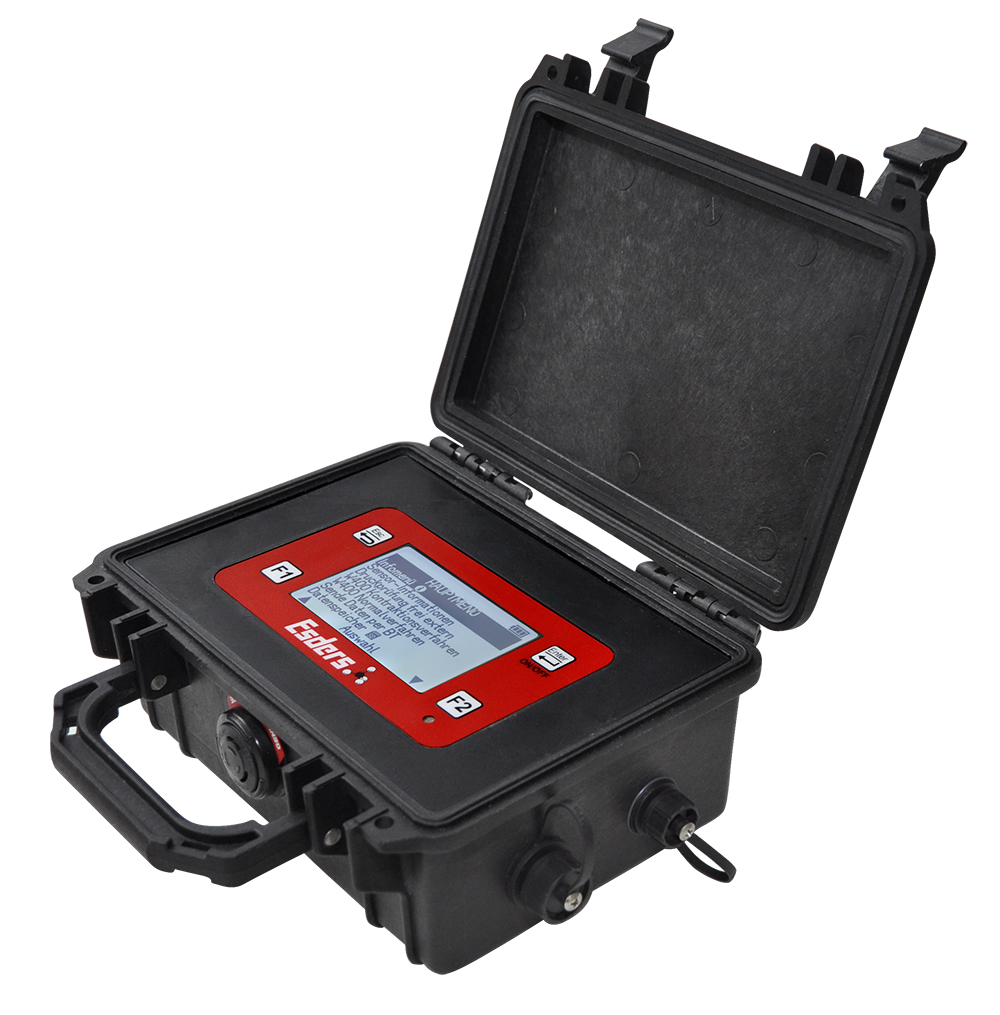
Nice to know






